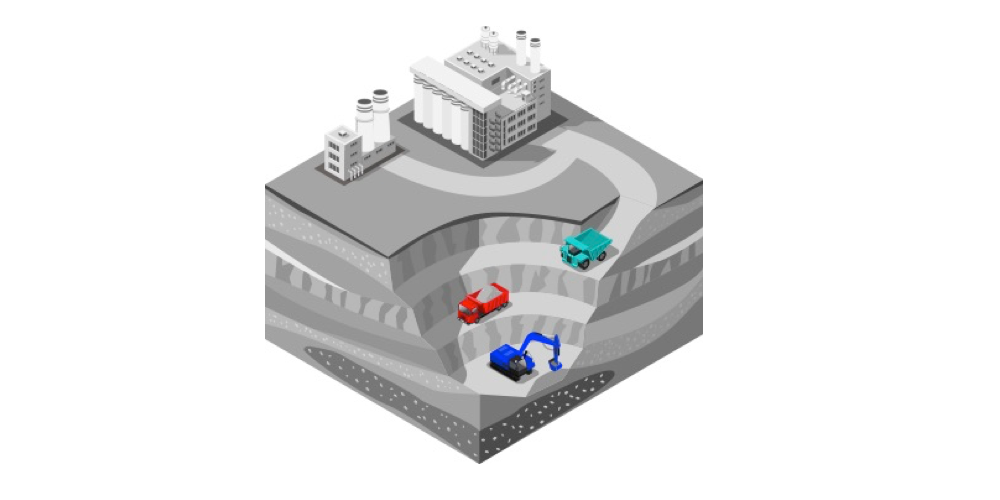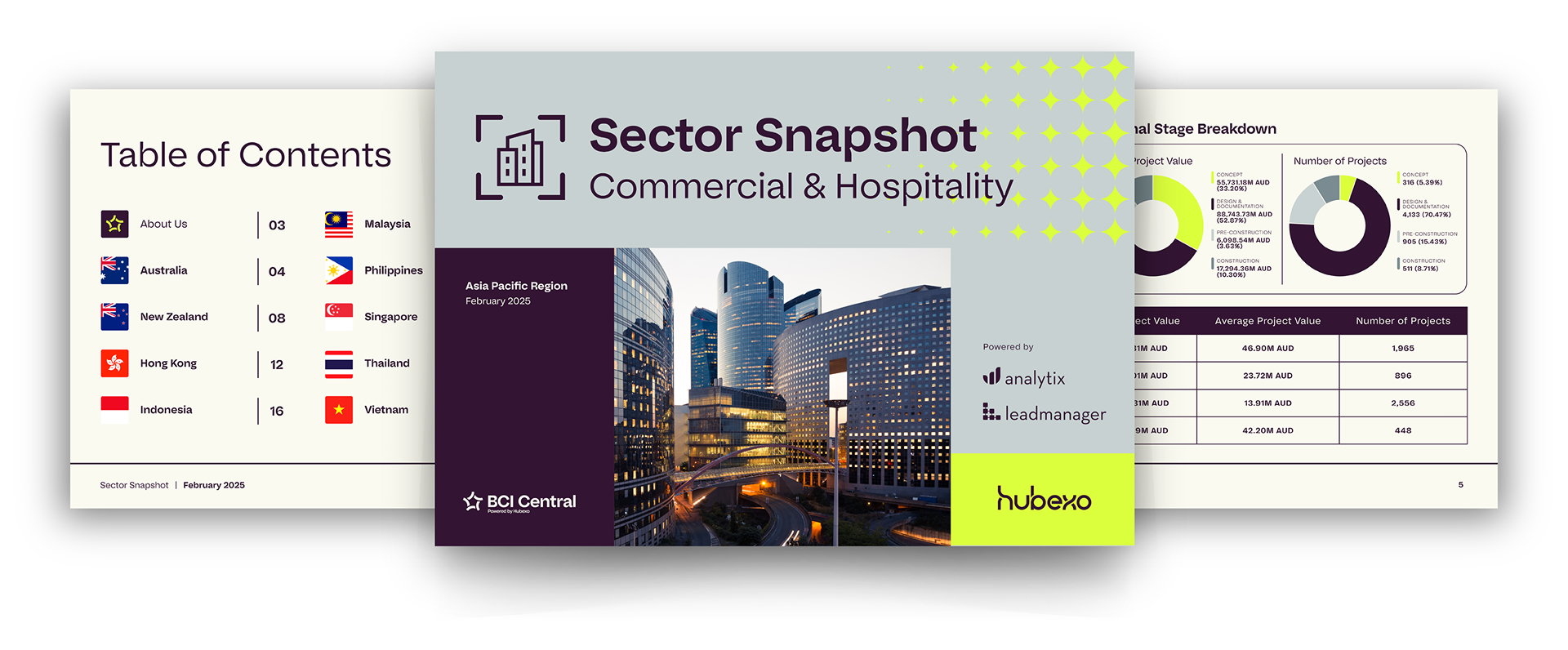- Home
- >
- The 5 Key Mining, Oil & Gas Project Stages in Australia
The 5 Key Mining, Oil & Gas Project Stages in Australia

LeadManager offers comprehensive details across five key stages of a project: Concept, Design & Documentation, Pre-Construction, Construction and Operational. Below is an overview of what each stage involves in relation to mining, oil and gas projects in Australia.
Concept
- Mining, Oil & Gas Exploration
- Mining, Oil & Gas Scoping Study
The first step in establishing a mining project is to identify whether there are any resources worth extracting at a chosen location. Prospecting and exploration licences must be obtained in order to begin exploration, typically via a series of drilling campaigns. The approval of these licenses sees the introduction of drilling contractors and metallurgists who, through scoping studies, define the potential size and quality of the discovered resources.
Development proposals must also be submitted to the Environmental Protection Authority (EPA) who will consider whether a formal Environmental Impact Assessment (EIA) is required. The assessment will focus on the impact of the project’s development and operations and will ultimately determine if the proposal is allowed to proceed and, if so, under what conditions.
Product suppliers will become involved at this stage to supply the exploration site with drilling equipment, safety gear, and the necessary accommodation for the exploration workers on ground.
Design & Documentation
- Mining/Oil & Gas Pre-Feasibility Study
- Mining/Oil & Gas Definitive Feasibility Study
- Plans In Progress
- Development Application/Resource Consent Application
- Development Approval/Resource Consent Approval
- Documentation In Progress
- Construction Certificate Application/Building Consent Application
- Construction Certificate Approval/Building Consent Approval
Two major steps that projects progress through during the Design & Documentation stage are the Pre-Feasibility Study and the Definitive Feasibility Study. These studies, which typically follow but can also happen alongside exploration, consider the commercial case for establishing the mine. They take into account the types, quantities and recoverability of commodities in the marked area (through mineral resource estimates) and the projected costs of extracting these commodities.
The pre-feasibility study is primarily used to better define the ore reserves and to recommend if a more comprehensive appraisal is warranted. The definitive feasibility study, or the ‘bankable’ feasibility study, details the economic and practical viability of a proposed mining project. It addresses construction planning and cost control and supports the documentation given to investors—current and prospective—to try and secure their funding.
Companies who conduct a project’s feasibility studies often aim to secure the Engineering, Procurement and Construction (EPC), or the Engineering, Procurement and Construction Management (EPCM) contract for said project. If this is the case, the project may skip the main tender process, a major component of the pre-construction stage, and move straight through to construction and the awarding of contracts. This is possible as pricing for the various project elements may have been obtained during the definitive feasibility study.
Pre-Construction
- Expressions Of Interest
- Tender Called
- Tender Called (Tenderers Listed)
- Tender Closed
- Tender Closed (Tenderers Listed)
- Contract Awarded/Builder Appointed
This stage is the most competitive stage in terms of businesses trying to get their products/services listed for use on the project. While the company who conducted the feasibility study may be the preferred EPC or main contractor, investors and the developer may continue to consider other products and propositions. Product availability and lead times are often just as important as material costs.
Construction
- Main Contractor On Site
- Site Works Commenced
- Construction Commenced
- Subcontractor Tender Called*
- Subcontractor Tender Closed*
- Subcontractor Tenderers Listed*
- Subcontractor(s) Appointed*
*Not available for ANZ or USA projects
In simple terms, the construction stage covers the act of building the mine site. Crushing and processing facilities, load-out facilities, tailings storage, access roads to and from the site, and even accommodation camps are just some of the components of the mine that need to be constructed. Within the construction stage, various works packages are awarded to subcontractors by the winning main contractor.
Operational
- Production (Maintenance & Shutdowns)
- Decommissioning
The operational stage describes the actual running and maintenance of the commissioned mine site and facilities. Whether it be upgrades of the access roads, replacements of the mining equipment, or refits of the accommodation camps, LeadManager provides clarity on the state of existing mines and what it takes to keep the project running smoothly.
For more information on how LeadManager can help your business, contact us and one of our specialists will be in touch.






